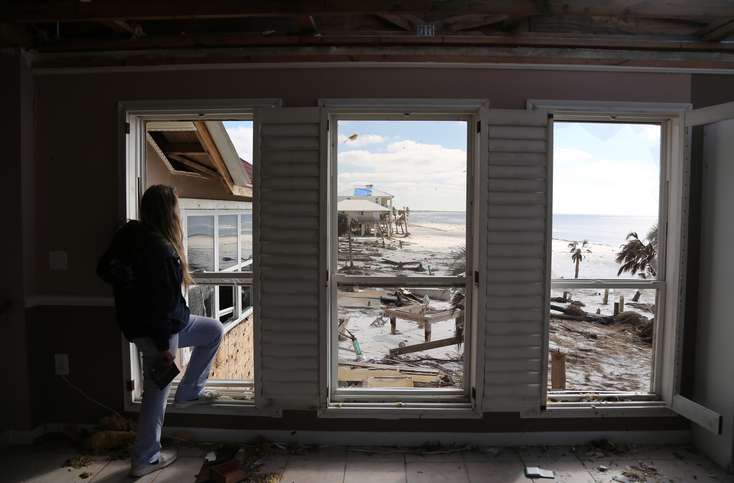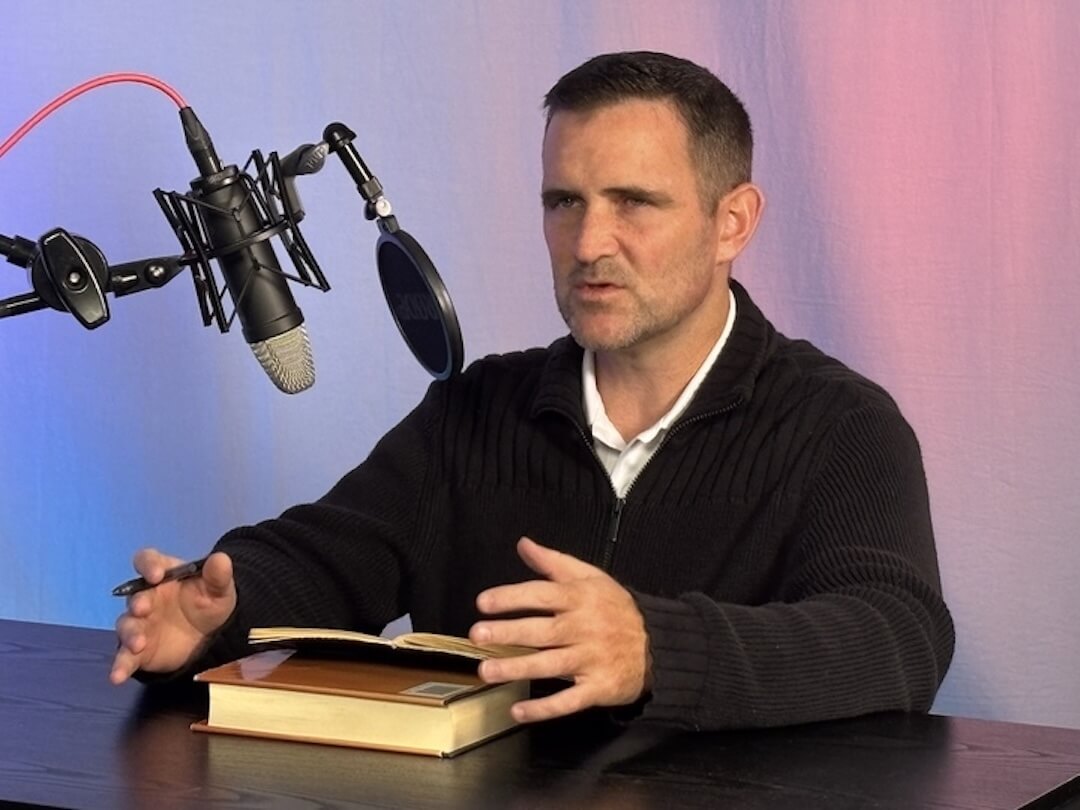What work is your local newsroom proud of?
This week we have a story from Sacramento News & Review, an alt-weekly, that shows the value of asking what’s not getting covered, a project from the Tampa Bay Times that shows the value of sticking with the story, and an investigation from the Oregonian that tapped into the power of public records.
Share what you’re proud of and I’ll reach out if we decide to feature it. (Also, we don’t just want to highlight work from print/online. If you’re an online-only shop, radio or TV, send us your stuff!) All the answers shared here came through a Google form and have been edited for length and clarity.
Related: Stories behind the stories from Everett, Washington; Billings, Montana; and Boston
Ask what’s going unreported, then develop a plan – Sacramento (California) News & Review
This one comes from a place many great stories do – the ground. Or in this case, the passenger seat of a truck. Scott Thomas Anderson rode along with California game wardens while they looked for poachers. His reporting led to an in-depth look at the threats to California’s Pacific Deer Herd.
The News & Review has four full-timers and three part-timers. Here’s what Anderson told us about this story.
How did you make this story happen?
The reporter did a series of ride-alongs with California game wardens as they patrolled for poachers in the El Dorado National Forest, while also revisiting the sites of some of their recent investigations. The reporter also extensively interviewed the California Department of Fish and Wildlife’s main biologist tracking and studying the Pacific Deer Herd, which is under new and alarming pressure from poachers.
Related training: Fundamentals of Investigative Reporting
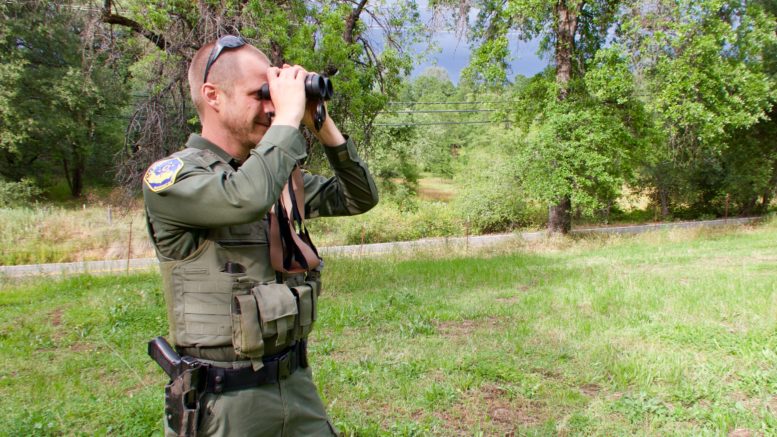
Game warden Dave Moskat surveys an area where he recently investigated poachers. (Photo by Scott Thomas Anderson/Sacramento News & Review)
What did you learn?
Sacramento News & Review is the first news media organization to be given direct evidence from state experts that California’s fragile Pacific Deer Herd is losing 10% or more of its population to criminal poachers. By spending time on patrol with the game wardens investigating these crimes, we also learned that these wildlife officers are up against serious staffing issues as they try to confront the problem.
How can other local newsrooms do work like this?
They can reach out to various state or local resource management agencies and ask if there are any environmental/wildlife issues that have gone unreported and then develop a plan for in-depth, on-the-ground reporting.
Related: Stories behind the stories from Indianapolis, Cincinnati and Baltimore
[the_ad id=”667826″]
“…If we weren’t doing this, almost no one would,” Amy Hollyfield, Tampa Bay Times
The Tampa Bay Times covered Hurricane Michael when it happened last year. Then, they kept going back to Mexico Beach, nearly six hours away on Florida’s panhandle. The Times, which is owned by Poynter, has about 130 in the newsroom. This ongoing coverage comes from Reporter Zack Sampson, photographer Doug Clifford, editor Amy Hollyfield, and photo editor Chris Urso, with video from Tracee Stockwell and print design from Tara McCarty.
Here’s what Hollyfield told us about the coverage:
Related training: Investigative Reporting in the Wake of a Disaster
How did you make this series happen?
We covered the hurricane when it happened and it was horrific. Afterward, Zack Sampson had the idea to follow one family and watch their recovery. That decision alone, to be a 2019 priority, has led to months of amazing coverage.
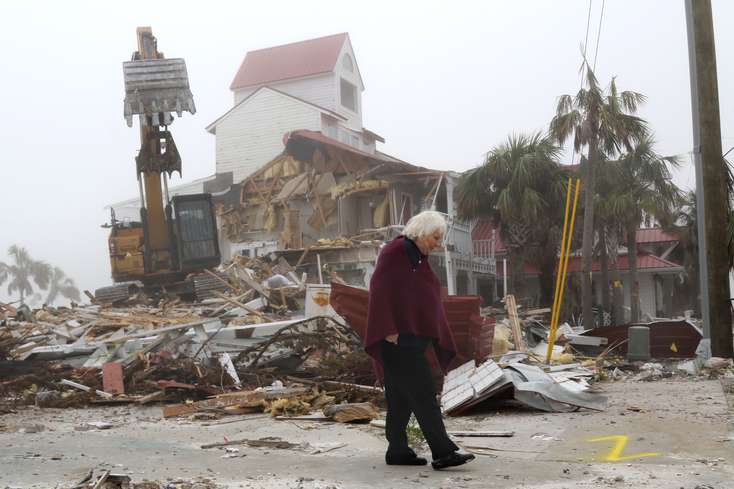
Peggy Wood observes the demolition of the Driftwood Inn as it begins in Mexico Beach five months after Hurricane Michael made landfall in the small coastal community. (Photo by Douglas R. Clifford/Tampa Bay Times)
What did you learn?
That if we weren’t doing this, almost no one would. Honestly. The media in the Panhandle is even covering it from a distance.
How can other local newsrooms do work like this?
Recognize what people are interested in and give it your all.
“When agencies claim to not know the answers, focus on records requests…” Fedor Zarkhin, The Oregonian
“The stakes are enormous,” Fedor Zarkhin writes for The Oregonian near the start of “Kicked to the curb: How the state failed fragile mentally ill Oregonians.” “Keeping someone for too long in a restrictive facility strips individual independence and wastes taxpayer money. But moving vulnerable Oregonians too soon or without the necessary support can trigger severe consequences, from suicide attempts to violent crimes.”
There are about 60 reporters at The Oregonian, Zarkhin said. He worked with editors Brad Schmidt, Steve Suo and Therese Bottomly. The photos come from Beth Nakamura. Videos come from Teresea Mahoney. Julie Evensen, Drew Vattiat and Ryan Fernandez worked on social media, and Dennis Peck worked on print.
Here’s what Zarkhin told us about the story:
Related training: The Power of Public Records
[the_ad id=’667872′]
How did you make this story happen?
Sourcing, targeted records requests, persistence and a lot of help and guidance from my editor.
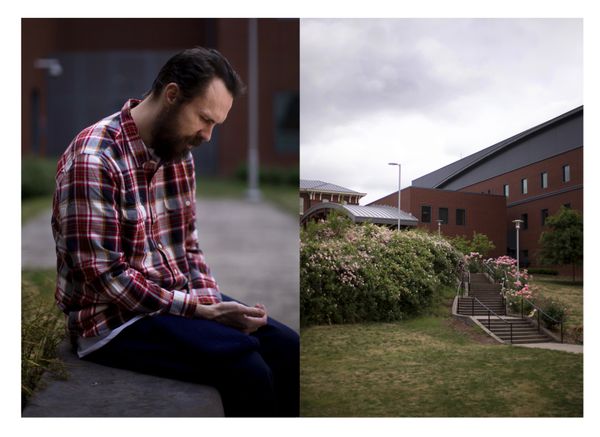
Matthew, who has schizophrenia, is currently in-patient at Oregon State Hospital. June18, 2019 (Photo by Beth Nakamura/Oregonian)
What did you learn?
That building trust with sources can take a lot of time but is in some cases very worth it.
How can other local newsrooms do work like this?
When agencies claim to not know the answers, focus on records requests and developing sources who know where you should look.

